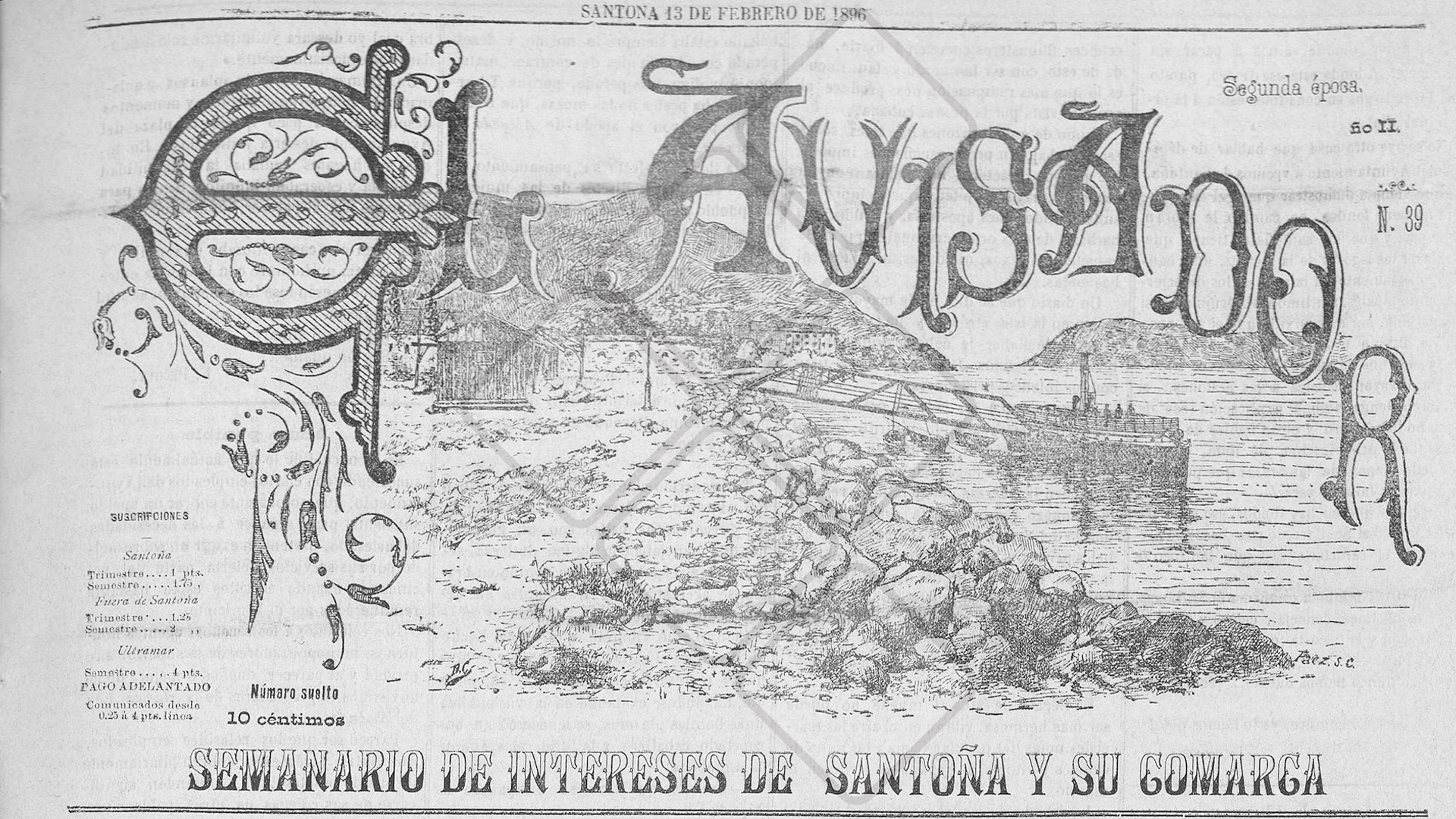The origins of the Santoñés Carnival are unknown but from the data that we have been collecting during these years, we have the following “journalistic” confirmations:
- In the newspaper "The Correspondence of Spain" published in Madrid on March 3, 1881, the following news appeared:
 |
....From Santoña they write to us: “On Carnival Sunday a costume dance took place in the military casino of this square, which was very popular and lively, having been able to observe once again the union and camaraderie that they reign among all of us who wear the military uniform. The room, luxuriously arranged with all kinds of military trophies, presented a magnificent sight, and the repercussion of lights enhanced the elegance and good taste….” |
| The Correspondence of Spain March 3, 1881 |
|
n the same press release, he already talks about piñata Sunday. For which another dance was being prepared.
In the successive years we can already find different news about the Santoñes and Studentinas Carnival (what today we call
murgas), in the newspapers of the time such as "El Correo Cantabria", "La Atalaya", "El Isleño", "El bien Publico ”And“ El Avisador ”
- On January 18, 1893 "El Correo Cantabria" published:
 |
“n Santoña a student is organizing that intends to walk the streets of the Villas de Castro Urdiales and Santoña during the next days of Carnival"
With which we deduce that the Carnival was not limited to a single day, but extended to several. |
| The Courier Cantabria January 18, 1893 |
|
- In 1894, the news stood out in various newspapers, not only in Cantabria, but at the national level, such as Mahón's “El Bien Publico”
titled the news as “Murderous Soldier” in which he recounted what happened on Carnival night in Santoña:
 |
- ... On Carnival Monday, two murders were committed in Santoña:
one of them is convicted and a soldier named Julián N. confessed,
and it is suspected that this same soldier is the author of the other... |
| The Public Good 1894 |
|
- On February 13, 1896, the newspaper "El Avisador" published:
 |
...According to what we are told, this carnival will be lively in Santoña, judging by the spirits of our happy young people who organize comparsas and masquerades.
If the weather is good, it will be a formal and envied carnival, especially by the "Juelguistas from Córdoba" and other peoples who want to show their regret by not celebrating it on the occasion of the disastrous campaign in Cuba.
This year a black troupe will come out, singing patriotic tangos; the pretty one of all the years composed of musicians from the regiment's band and one that we believe will attract attention for its originality: it is a trawler on a float with its corresponding crew, made up of fishermen who will sing things allusive to fishing in chorus... |
| The Advertiser February 13, 1896 |
|



















